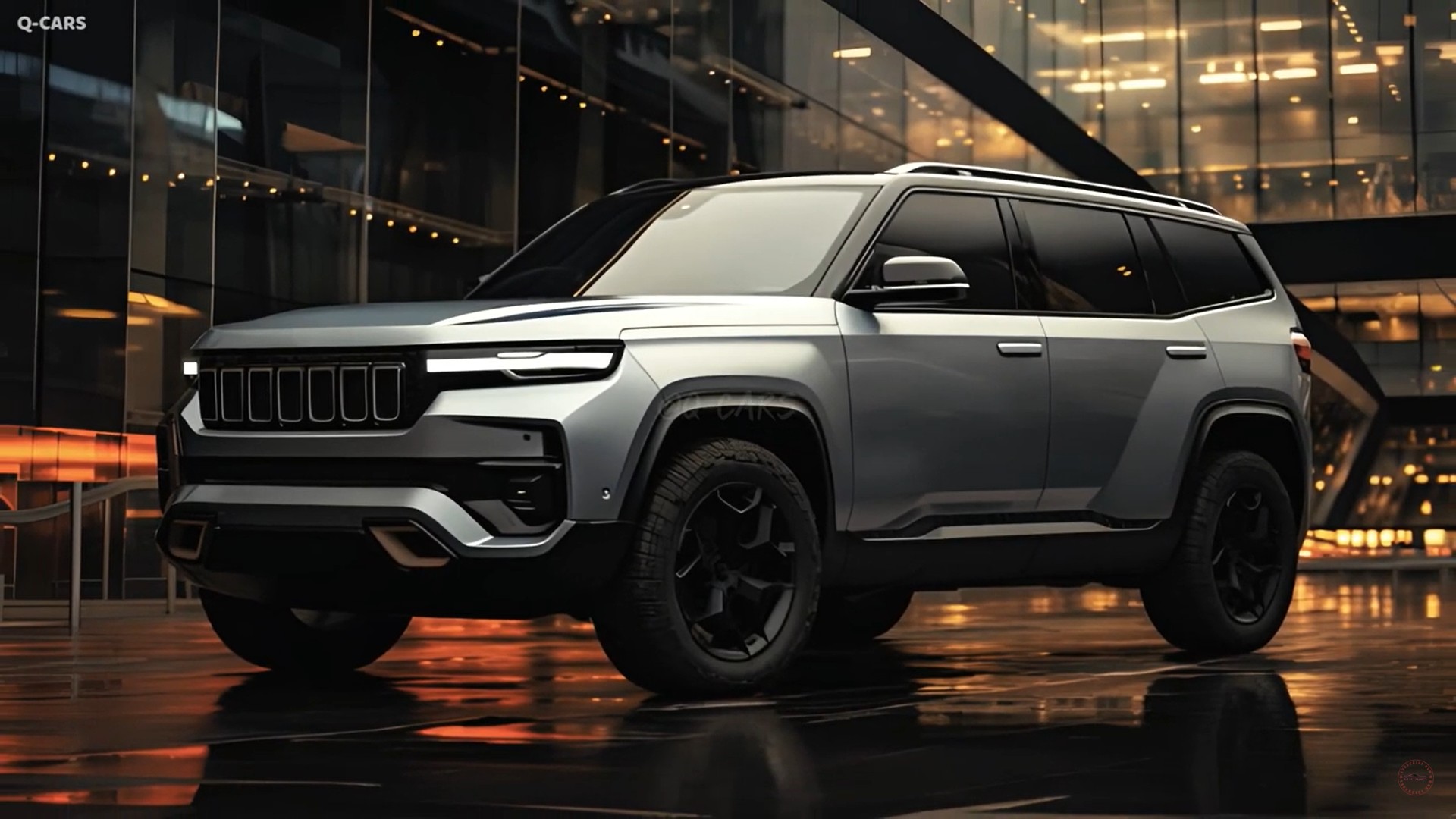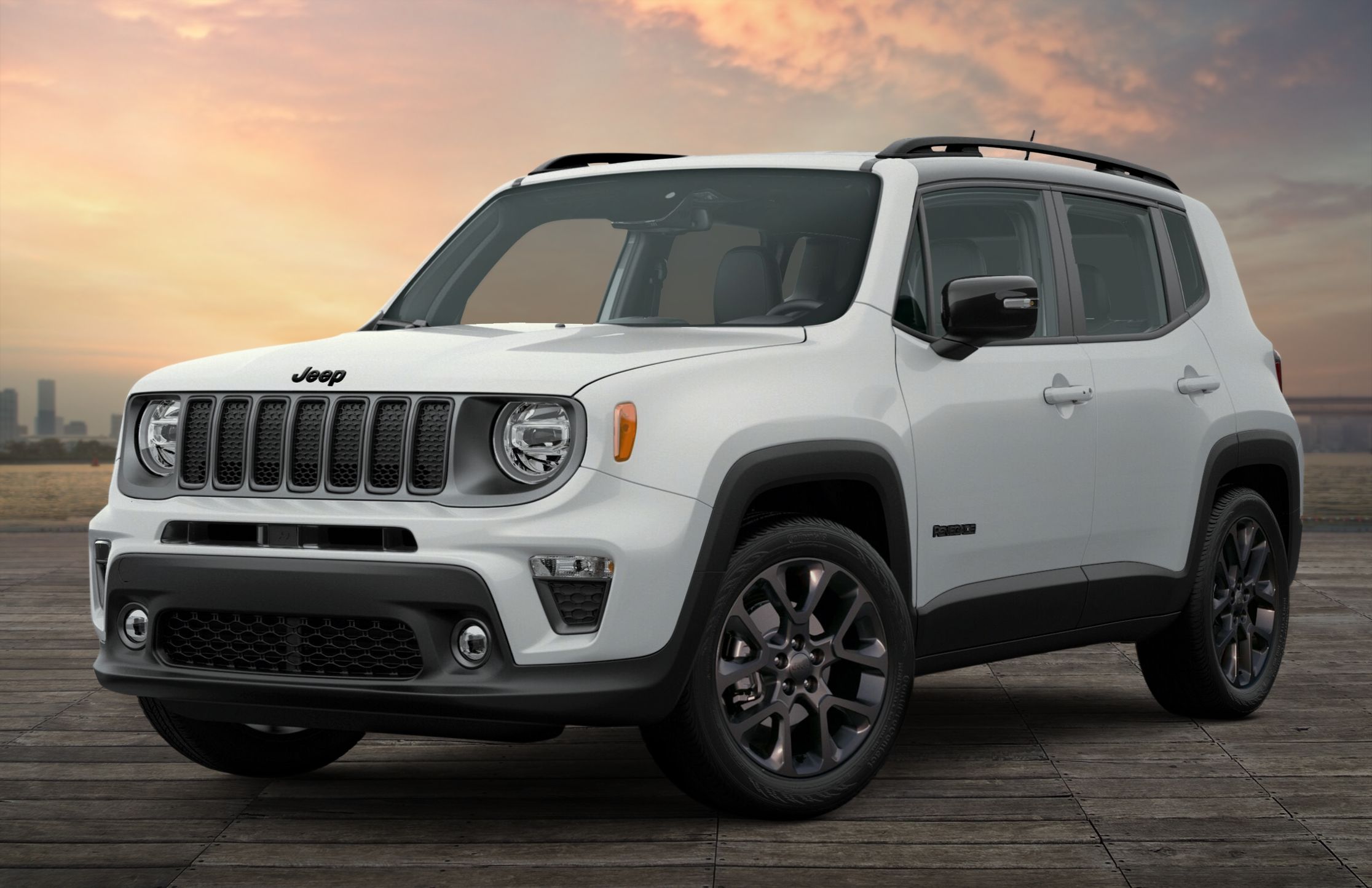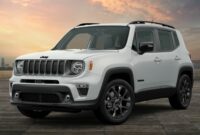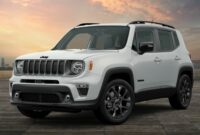Jeep Cherokee For Sale 2001: A Comprehensive Buyer’s Guide sale.truckstrend.com
The year 2001 marked a significant moment in automotive history for enthusiasts and collectors alike: it was the final production year for the iconic Jeep Cherokee XJ. For those seeking a rugged, capable, and remarkably simple SUV, a "Jeep Cherokee For Sale 2001" represents a unique opportunity. This model embodies the culmination of nearly two decades of refinement for a design that fundamentally redefined the sport utility vehicle. Far from being just an old car, the 2001 XJ is a celebrated classic, renowned for its bulletproof powertrain, legendary off-road prowess, and an unmistakable, timeless aesthetic. This guide will delve into every aspect of finding, evaluating, and ultimately owning one of these cherished machines, ensuring you’re well-equipped to make an informed decision when a Jeep Cherokee For Sale 2001 catches your eye.
I. Why the 2001 Jeep Cherokee XJ Remains a Legend
Jeep Cherokee For Sale 2001: A Comprehensive Buyer’s Guide
The Jeep Cherokee XJ, introduced in 1984, was a groundbreaking vehicle. It pioneered the unibody SUV design, offering a lighter, more nimble alternative to traditional body-on-frame trucks, without sacrificing capability. The 2001 model year holds a special place in the hearts of Jeep aficionados as the last iteration of this beloved platform before it was replaced by the KJ generation (Liberty). This final year benefited from years of continuous improvement, boasting a refined version of its legendary 4.0-liter inline-six engine and robust drivetrain options.
Its enduring appeal stems from several key factors:
- Rugged Simplicity: The XJ is a mechanical marvel of straightforward engineering, making it highly reliable and remarkably easy to work on for the average DIY mechanic.
- Legendary Off-Road Capability: With solid axles front and rear, ample ground clearance, and effective 4WD systems, the XJ punches above its weight class when the pavement ends.
- Abundant Aftermarket Support: Decades of popularity have led to a vast ecosystem of aftermarket parts, accessories, and modification options, allowing owners to customize their XJ to their exact needs.
- Timeless Design: Its boxy, utilitarian lines have aged gracefully, distinguishing it from the more rounded, car-like SUVs that followed.

For off-road enthusiasts, first-time mechanics, or anyone seeking a durable, no-frills utility vehicle with a significant cool factor, a 2001 Jeep Cherokee XJ remains a highly desirable option.
II. Key Features and Specifications of the 2001 XJ
Understanding the core components of the 2001 XJ is crucial for any potential buyer.
- Engine: The heart of the 2001 XJ is the venerable 4.0L "PowerTech" inline-six (I6) engine. Renowned for its reliability, torquey output (190 hp, 225 lb-ft), and longevity, this engine is arguably one of the most durable ever produced by Chrysler. It’s known for its low-end grunt, perfect for off-road crawling and towing.
- Transmissions:
- Automatic (AW4): The Aisin-Warner AW4 automatic transmission is as legendary as the engine itself, known for its robustness and smooth operation. It’s the most common transmission found in 2001 XJs.
- Manual (NV3550): A rarer but highly sought-after option, the New Venture NV3550 5-speed manual transmission offers a more engaging driving experience and greater control, particularly off-road.
- Drivetrain Options:
- Command-Trac (NP231): This part-time 4WD system (2WD, 4-High Part-Time, N, 4-Low) is incredibly strong and popular for off-road use, but should not be used on dry pavement in 4WD mode.
- Selec-Trac (NP242): This full-time 4WD system (2WD, 4-Full Time, 4-Part Time, N, 4-Low) offers the flexibility of full-time 4WD for varied road conditions (like snow or rain) while retaining part-time capability for serious off-roading.
- Axles:
- Front: Dana 30 (high-pinion on earlier models, low-pinion on 2000-2001 XJs).
- Rear: Depending on the trim and options, you’ll find either a Dana 35 (less desirable for heavy off-roading) or the stronger Chrysler 8.25-inch axle. Identifying the rear axle is a key consideration for serious off-roaders.
- Trim Levels: For 2001, common trim levels included Sport, Limited, and Classic.
- Sport: The most common, offering a balance of features and affordability.
- Limited: More creature comforts, leather seats, power options.
- Classic: Often combined elements of Sport and Limited, sometimes with unique aesthetic touches.
- Dimensions: Compact for an SUV, making it agile on trails and easy to maneuver in urban environments. It offers surprising cargo space for its size, especially with the rear seats folded down.


III. What to Look For When Buying a 2001 Jeep Cherokee XJ (The Buyer’s Checklist)
Purchasing a 20-year-old vehicle requires diligence. Here’s a comprehensive checklist for inspecting a "Jeep Cherokee For Sale 2001":
-
Rust (The #1 Enemy): This is the most critical inspection point.
- Frame Rails: Especially under the front seats and near the rear leaf spring mounts. Look for perforations, significant flaking, or previous patch jobs.
- Floorboards: Check under the carpet (pull it back if possible), particularly where feet rest.
- Rocker Panels: These are highly susceptible to rust.
- Rear Quarter Panels/Wheel Wells: Common areas for rust to start due to road spray and debris.
- Door Jambs and Hatch Area: Check for bubbling paint or rust.
- Avoid heavily rusted vehicles unless you’re prepared for extensive fabrication work.
-
Engine:
- Oil Leaks: The rear main seal (RMS) is a common, though usually minor, leak point. Look for oil drips on the ground or residue around the bell housing. Valve cover gaskets can also leak.
- Coolant Leaks: Check the radiator, hoses, water pump, and thermostat housing for signs of leaks.
- Overheating History: Look for residue in the coolant reservoir, excessively dirty coolant, or a recent radiator replacement (which could indicate past issues). While less common on 2001 models, a cracked cylinder head (0331 casting) was an issue on some earlier 4.0L engines, but was largely resolved by 2000-2001.
- Cold Start: Listen for excessive ticking or knocking noises.
- Idle: Should be smooth and consistent.
-
Transmission:
- Automatic (AW4): Check fluid level and condition (should be red/pink, not dark or burnt smelling). During the test drive, shifts should be smooth and predictable, without slipping or harsh jerks.
- Manual (NV3550): Test clutch engagement (should not slip). Shifting should be smooth without grinding.
-
Transfer Case (NP231/NP242):
- Engage 4-High, 4-Low, and Neutral (if applicable). Ensure they engage smoothly without grinding or popping out of gear.
- Listen for unusual noises during 4WD operation.
-
Drivetrain Components:
- U-Joints: Check for play in the driveshafts (front and rear) and listen for clunking noises during acceleration or deceleration.
- Axles: Look for leaks around the differential covers and axle seals.
-
Suspension & Steering:
- Leaf Springs: Check the rear leaf springs for excessive sag (common on XJs).
- Shocks: Look for leaks or excessive bounce during the test drive.
- Bushings: Inspect control arm bushings, sway bar bushings, and track bar bushings for cracking or wear.
- Steering: Check for excessive play in the steering wheel. Inspect tie rods, drag link, and ball joints for looseness.
-
Brakes: Check for even pad wear, fluid leaks, and proper function during the test drive (no pulling, grinding, or pulsing).
-
Electrical System: Test all lights, power windows, power locks, HVAC (heating and A/C), radio, and gauges. Pay attention to the dashboard warning lights.
-
Interior:
- Headliner: Sagging headliners are very common.
- Seats: Check for rips, tears, and overall condition.
- Dashboard: Look for cracks, especially around the defrost vents.
-
Maintenance Records: A vehicle with detailed maintenance records is always preferable. This provides insight into its history and how well it was cared for.
-
Test Drive:
- Drive on various surfaces: city streets, highway, and if possible, a gravel road or uneven terrain (with permission).
- Listen for unusual noises (whines, clunks, squeaks).
- Feel for vibrations, steering issues, and braking performance.
- Monitor engine temperature and oil pressure.
IV. Common Issues and Solutions
Even well-maintained XJs can exhibit some common quirks:
- Rear Main Seal (RMS) Leak: Almost every 4.0L will eventually leak from the RMS. It’s generally not catastrophic and can be lived with, but it’s a known issue.
- Heat Soak: In hot climates, the #3 injector can suffer from heat soak, leading to a rough start or misfire after a short shut-off period. Aftermarket solutions exist (hood vents, heat shields).
- Sagging Leaf Springs: The rear leaf springs tend to flatten over time, reducing ride height. This is easily remedied with aftermarket replacement springs or an add-a-leaf kit.
- Power Window Regulators: The plastic gears and cables inside the power window regulators can wear out. Replacement units are readily available and fairly easy to install.
- Crankshaft Position Sensor (CPS): A failing CPS can cause intermittent starting issues or sudden stalling. It’s a common failure point but an inexpensive and relatively easy fix.
V. Owning and Maintaining Your 2001 XJ
One of the great joys of owning a 2001 Jeep Cherokee XJ is its DIY-friendly nature. Its simple design means many repairs and maintenance tasks can be performed by the owner with basic tools and a service manual.
- Parts Availability: The aftermarket is flooded with parts for the XJ, from OEM replacements to heavy-duty off-road upgrades. You’ll rarely struggle to find what you need.
- Community Support: The XJ has a massive, passionate online community. Forums, Facebook groups, and YouTube channels offer endless resources, how-to guides, and troubleshooting advice.
- Modding Potential: From mild lifts and larger tires to full-blown rock crawlers, the XJ is a blank canvas for customization.
Regular preventative maintenance – fluid changes (engine oil, transmission fluid, transfer case fluid, differential fluid), greasing u-joints, checking belts and hoses – will ensure your XJ remains reliable for years to come.
VI. Pricing and Valuation
The price of a 2001 Jeep Cherokee XJ can vary wildly depending on several factors:
- Condition: Rust-free examples in excellent mechanical and cosmetic condition command the highest prices. Project vehicles with significant issues will be much cheaper.
- Mileage: Lower mileage generally means higher value, but maintenance history is often more important than just the number on the odometer.
- Maintenance History: A well-documented history of regular maintenance adds significant value.
- Modifications: Tasteful and well-installed modifications (e.g., quality lift kit, larger tires, winch bumper) can increase value, while poorly executed mods can detract from it.
- Trim Level/Features: Manual transmission XJs, or those with the Selec-Trac transfer case, often fetch a premium. Limited models with leather and power options may also be more desirable.
- Geographic Location: Rust-free vehicles from dry climates (e.g., Southwest US) will be more expensive than those from the rust belt.
Estimated Price Range for 2001 Jeep Cherokee XJ
| Condition | Price Range (USD) | Notes



